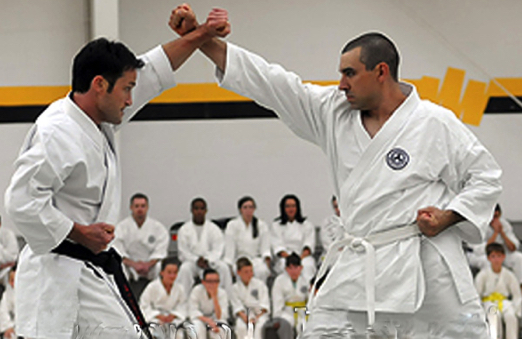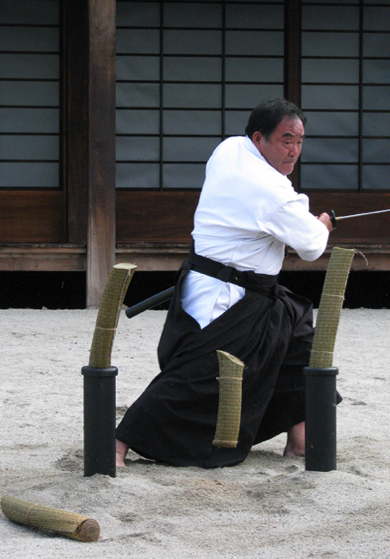Call us
586-913-7131
genbu-kai karate

Karate-Do: The translation of the word Karate-Do is “the way of the empty hand”. It is a form of self defense that uses all parts of the body (hands, feet, elbows, knees, and head). Karate-Do has been passed down from generation to generation, studied and refined by many masters. The masters, all having the same goal in mind, use the body in the most efficient and effective way for self defense. Though karate may take many years for one to become proficient in, it is the Do (way of life) that is the most difficult part to master. Do is the soul of all the Martial Arts. It is what brings meaning to Karate. Self control, discipline, humbleness, responsibility, compassion, and understanding for others are some of the characteristics learned from Karate-Do. It is not so much the kicking and punching that attract most people to the martial arts as it is the belief that it can help you find your inner self and become a greater person.

Kobudo: the ancient fighting arts, is a style of martial arts using weapons as the extension of the hand. Traditional Okinawan Kobudo originated in the Ryukyu Islands just south of Japan. The art of Okinawan weapons.
When the Japanese military invaded the island of Okinawa, they confiscated all forms of weaponry, such as swords, spears, and bow and arrows. The inhabitants of the islands used ordinary farmer’s and fisherman’s equipment to use for self-defense, thus creating Kobudo. The seven main weapons of Kobudo is the Bo, Kama, Tonfa, Sai, Nunchaku, Eku Bo, and Tekko. Today, the Genbu-Kai organization still practices this art. Through this training, we increase coordination and strength, but most of all develop ideas of using any common objects as a means of self defense.
Kobudo Kumite:
Weapons fighting
Recently the Genbu-Kai has added Kobudo Kumite competition to their tournaments. Thanks to modern technology and a little ingenuity we now have padded weapons that simulate real ones in weight and size but without risk of injury. This kind of competition and sparring has opened a whole new world of opportunities and ideas to improve our Kobudo.
Batto-Do: is the art of drawing and cutting with the sword. Batto stems from the period of the samurai. When practicing cutting we use a live blade (sharp sword). We roll up mats made of straw and soak them in water for a day or so. We then use them as targets. It is said that the soaked mats resemble the resistance of the human body when cutting through them.
When cutting these targets, there are different techniques, precise angles and patterns that the practitioner is trying to achieve and execute. Batto competition has become very popular. Competition consists of a variety of kata (forms) and cutting. When practicing Batto in class, we use a wooden sword called a bokken. the practioner will not start cutting until a certain level of skill has been achieved.
By practicing Batto, it improves posture, timing and accuracy. It also increases speed, strength and most of all, concentration.
